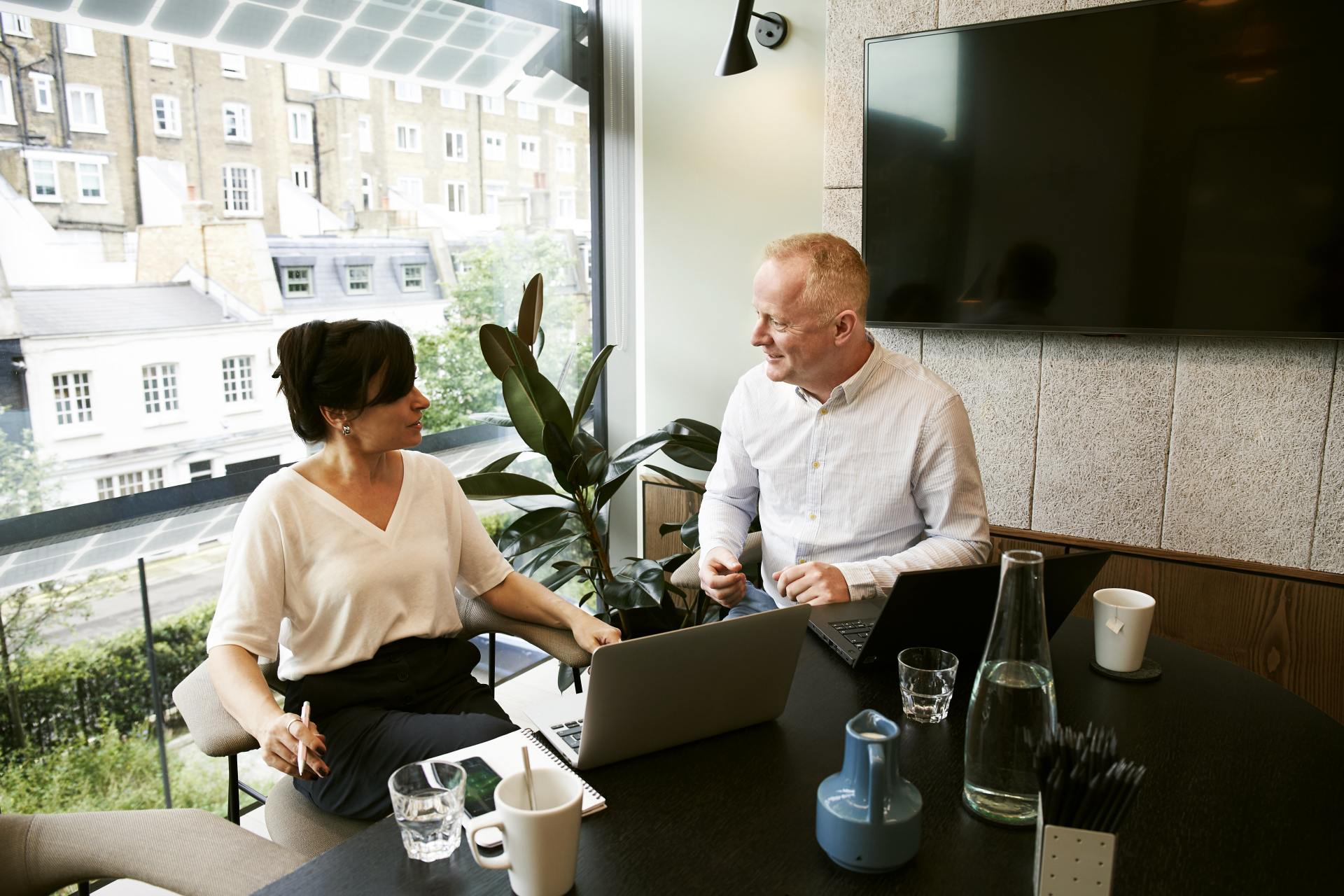Am I burnt out? Why burnout isn’t always caused by workload
Lately, I’ve noticed something really worrying.
So many people I’ve spoken with are exhausted. Mentally, emotionally — they’re hanging on by a thread.
Perhaps it’s the time of year. The sprint to Christmas always brings a level of chaos. But this year feels different. More acute. More chronic.
And it’s showing up in so many of the conversations I’m having.
If you’re dragging yourself through the workday, wondering when you stopped enjoying what you do, you’re not alone. Burnout has become so common, but here’s the thing we rarely talk about:
It’s not just about workload.
Yes, being overworked plays a role. But the real reason burnout runs so deep for many mid-career professionals is something less obvious - and more challenging:
Misalignment.
Why you might be feeling close to burnout
You might be brilliant at your job. You’ve worked hard to get where you are. But if your work isn’t a fit, you’ll feel it. And over time, it’ll wear you down.
Here’s what misalignment can look like:
• A disconnect between your values and your workplace culture
• A gap between what you’re doing day-to-day and the activities that truly energise you
• Working in a field or industry that you’re no longer interested in (or never were)
• Feeling like your job doesn’t reflect your purpose or personality
When just one of these is off, it starts to chip away at your energy. When two or more are misaligned, you’ll feel a deep sense of dissatisfaction which can lead to chronic stress.
You can be good at something - even praised for it - and still get burnt out. That’s often because you’re spending your days using what I call burnout skills: the skills you’ve become great at over time but never enjoyed. They drain you.
Quietly, steadily.
And if you’ve been doing them for years… well, no wonder you’re exhausted.
Why some people seem immune to burnout
You’ve probably met people who work long hours, take on side projects, study part-time, volunteer... and somehow, they always have plenty in the tank.
What’s their secret?
Their work is aligned.
Their energy isn’t leaking out through constant internal conflict. What they do matches what matters to them. It plays to their strengths. It means something. They’re fuelled by purpose.
In contrast, someone working a standard 38-hour week in a job that bores them, feels pointless, or has a toxic culture that conflicts with their values? That person can be on the edge of burnout even if their calendar looks manageable.
Burnout isn’t only about the number of hours you have to put in. It’s about the quality and alignment of the work.
The role of uncertainty in burnout
There’s another layer that’s compounding the stress people are feeling right now — and that’s uncertainty.
In today’s world, we’re facing constant change. Industry disruption. Organisational restructures. AI reshaping roles. Redundancies. The world of work is shifting at an unsettling pace.
When the future feels unstable, we tend to go into one of two modes:
• Denial - pushing through, pretending it’s all fine
• Control - overanalysing, overplanning, and overworking in an attempt to feel safe
Neither of these are sustainable. And both drain your mental and emotional energy, fast.
Trying to hold it all together when you feel uncertain about your role, your value, or your future is a job in itself.
The importance of your “opposite world”
There’s a concept I love from Nick Petrie’s work called your ‘opposite world’. It’s about building something into your week that’s the opposite of your work — something non-competitive, absorbing, and grounding.
Some examples are: gardening, pottery, hiking, yoga, reading a novel, or playing a musical instrument.
These activities have the ability to disconnect you from your workplace, the external noise, and the uncertainty you feel. They don’t just help you relax - they protect you from tipping into burnout.
And when you combine that with understanding your values, your priorities and your needs, you you can regain control in the most powerful way: by designing a career that fits.
What you can do next
If this is resonating, the answer isn’t to keep pushing through. It’s to get curious.
Ask yourself:
• What part of my work is misaligned?
• Where/when do I feel most energised? Where/when do I feel drained?
• If nothing changed in the next 6 months, how would that feel?
Sometimes the best plan is a new career direction, but not always. Many of my clients choose to craft their current role into a better fit (we call this ‘job crafting’) or commit to a passion project on the side.
You don’t have to have it all figured out immediately.
But you do need to start. If you're not sure where to begin, I’ve created a free quiz that helps you assess how well your current role matches your personal blueprint - your values, strengths, interests, and motivations.
It’ll show you what’s working, what’s not, and what you can do next to feel more aligned and less overwhelmed.
Burnout doesn’t mean you’re broken. It might just mean you’ve outgrown your current path.
_____________________________________________________________________________
Anna is a Career Counsellor, Program Creator and ex-Geophysicist.
She spent 14 years in the corporate mining world before doing a U-turn towards the work she finds most meaningful. After completing a Master of Career Development, earning her stripes in the university and corporate environment, Anna built her private practice. She’s a professional member of the Career Development Association of Australia and has won the WA Excellence in Practice award for her Define Your FutureTM program.
Now Anna guides other mid-career professionals through the process of self-discovery to find a career which lights them up.
Anna Black











